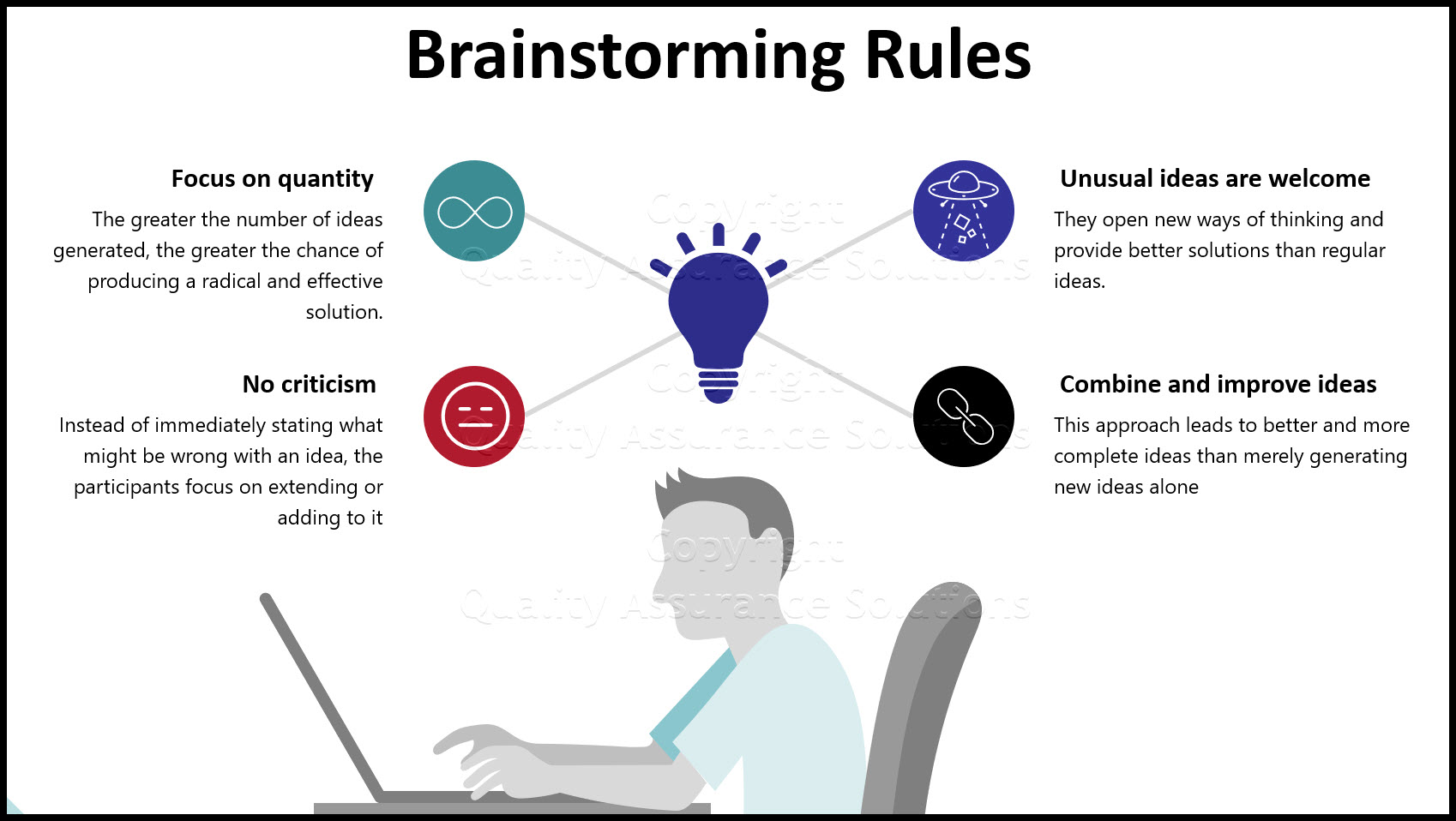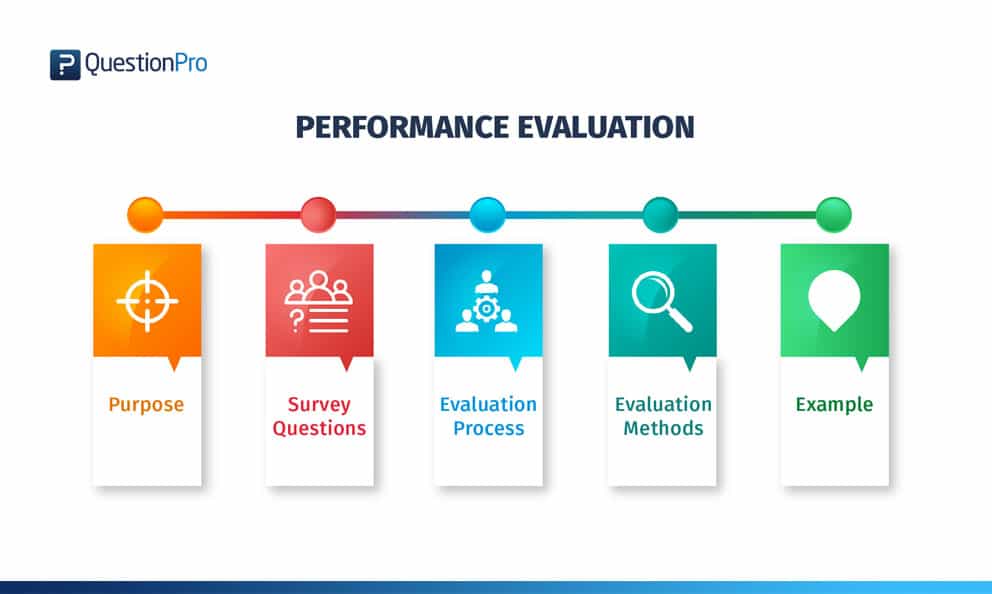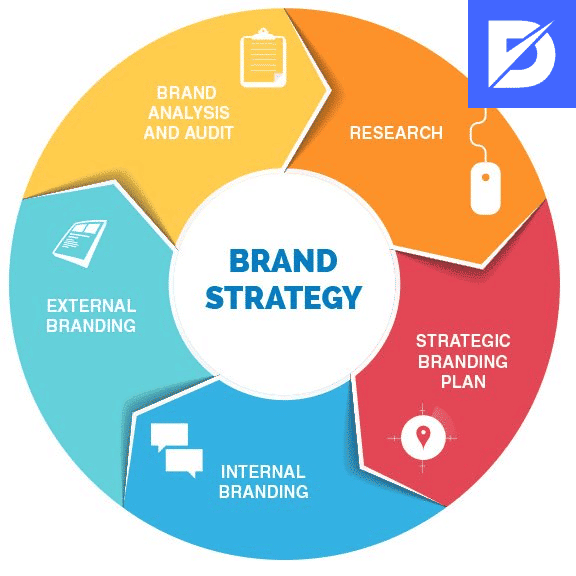Identifying the Driving Force: Starting Your Own Shoe Brand
Many entrepreneurs aspire to create their own businesses, and the world of footwear has emerged as a popular and dynamic industry for new ventures. Making your own shoe company offers the unique opportunity to tap into your innate creativity, drive innovation, and disrupt the market by filling a niche.
One of the critical first steps in starting a shoe company is introspection. Examine your motives for creating a shoe brand and consider the aspects that make your vision unique. Perhaps you have a passion for sustainable and eco-friendly fashion. Or you may have identified a gap in the market for affordable luxury shoes. These driving forces will help define the purpose and direction of your shoe brand and inject inspiration into your overall business strategy.
Additionally, making your own shoe company opens up avenues for creative freedom. Custom shoe designs can capture attention, demonstrate your commitment to innovation, and provide a platform to showcase your unique style. As the founder of the brand, you will enjoy the advantage of exploring untapped styles, reshaping market trends, and refining your own design aesthetics.
When it comes to launching a successful footwear brand, authenticity will win customer loyalty. Embrace the opportunity to tell a compelling brand story that resonates with your target audience. Share your vision and passion, and illustrate the purpose behind your exceptional shoe designs. Compelling brand narratives combined with thoughtful design aesthetics will allow your shoe brand to flourish and create lifelong connections with customers.
Starting a shoe company can be a fulfilling and profitable venture, given the proper research, perseverance, and enthusiasm. By embracing creative freedom, staying ahead of emerging trends, and merging practicality and style, you’re on your way to creating a distinctive shoe brand that caters to a diverse and fashion-conscious clientele.
Brainstorming the Ideal Product: Conceptualizing Your Shoe Line
A key factor in establishing a successful and unique shoe company is the creation of innovative and captivating shoe designs that resonate with a specific target audience. When brainstorming the perfect product line, it is crucial to consider various aspects that encompass market trends, customer preferences, and sustainable materials.
To begin, an understanding of the target market is essential in making your own shoe company. A thorough evaluation of potential customers’ needs, expectations, and lifestyle habits will enable the creation of designs that cater specifically to this demographic. Identifying a niche within the market allows a budding shoe company to differentiate itself from established competitors and create a unique identity for the brand.
Emerging trends hold significant potential for a startup shoe brand. Utilizing current trends while adding a unique and fresh spin on designs can immediately attract potential customers and create buzz around the brand. Fusion of various stylistic influences, functionality, and fashion-forward elements can turn innovative ideas into lucrative products.
Sustainability and eco-friendliness have become vital factors in today’s market. Consumers are increasingly aware of the environmental impact of their choices and more likely to support companies that use sustainable materials and processes. Incorporating recycled materials, reducing waste, and adhering to ethical labor practices all contribute to a positive brand image and increased consumer trust. By considering these factors early in the design process, entrepreneurs can develop a reputation for social responsibility and environmentally conscious manufacturing while appealing to the growing number of customers looking for eco-friendly options.
Upon settling on a general direction for the shoe line, it is time to dive into the specific design elements. Collaborate with experienced designers and industry professionals to create a visually appealing and functional product. Experimentation with new materials, design techniques, and manufacturing methods leads to fresh, innovative ideas that have the potential to disrupt the market and make a substantial impact.
The development of a cohesive and unique shoe line involves deep passion, creativity, and analytical thinking. By balancing trends, customer preferences, and sustainable practices, new entrepreneurs can pave their way to success in the competitive shoe market.
Designing the Blueprint: Developing a Prototypical Shoe for Your Own Shoe Company
Once you have conceptualized your unique and innovative shoe line, the subsequent phase involves transforming those ideas into a tangible prototype. This stage is crucial in making your own shoe company a reality, as it enables you to visualize and assess the feasibility of your design.
To successfully develop a prototypical shoe, it is essential to foster collaboration and open communication among your team. Sharing diverse perspectives and creative insights can significantly enhance the overall design process. Furthermore, do not hesitate to seek professional guidance from experienced footwear designers or manufacturers. Their expertise can provide valuable insights and help circumvent potential pitfalls.
Experimentation is an integral part of developing a shoe prototype. It is crucial to explore various design elements, such as materials, construction techniques, and aesthetics. Being open to trialing different options can lead to discovering novel and unconventional solutions that distinguish your shoe line from competitors.
Additionally, bear in mind the necessity of catering to your target audience while designing your prototypical shoe. Understanding their preferences, requirements, and pain points will enable you to create a product that resonates with them. Moreover, staying abreast of emerging trends in the footwear industry will ensure your designs remain contemporary and relevant.
Another crucial factor to consider is the use of sustainable materials in your prototype. Increasingly, consumers are seeking eco-friendly and responsible products. By incorporating sustainable materials and practices in your shoe line, you not only contribute positively to the environment but also appeal to an expanding socially conscious market segment.
Ultimately, creating a prototypical shoe for your own shoe company requires patience, persistence, and a keen attention to detail. Thoroughly evaluating and refining your prototype will optimize the final product before mass production, thereby increasing the likelihood of customer satisfaction and market success.
Evaluating the Product: Examining Sample Shoes
Once the prototype has been developed, it is crucial to thoroughly test and evaluate the sample shoes before moving forward with mass production. This phase is essential in refining the product to ensure it meets the expectations of your target audience and stands out in the competitive market. To make your own shoe company successful, you must consider the following aspects during the evaluation process:
Expert Opinions: Seek the advice of professionals in the footwear industry, including designers, manufacturers, and retailers. Their insights can provide valuable feedback on the design, functionality, and marketability of your shoes.
Customer Feedback: Conduct focus groups or gather feedback from potential customers who have tried on the sample shoes. This direct input can help identify any issues with comfort, fit, or style, allowing you to make necessary adjustments before launching your product line.
Quality Assurance Checks: Perform rigorous quality assurance tests to ensure the durability and performance of your shoes. This includes checking the materials, construction, and overall craftsmanship of the sample shoes.
By carefully evaluating your sample shoes and incorporating the feedback and insights gained during this process, you can refine your product and increase the chances of success for your shoe company. Remember, making your own shoe company requires continuous improvement and a commitment to delivering high-quality, innovative products that meet the needs and desires of your target audience.
Appropriate Legal Protection: The Role of Intellectual Property Laws
As you embark on the journey of making your own shoe company, it’s crucial to consider the role of intellectual property (IP) laws in protecting your unique creations and brand identity. Securing IP rights allows you to maintain a competitive edge in the market, prevent others from exploiting your ideas, and build a strong reputation for your business.
To begin with, patents are a key form of IP protection, especially for the unique designs, processes, or technologies you develop. Obtaining a design patent, for instance, ensures that the ornamental design of your shoe is exclusively yours for a specific period. Additionally, utility patents may be suitable for safeguarding innovative manufacturing processes or functional aspects of your footwear.
Moreover, trademarks protect your brand name, logo, and any other elements that distinguish your business from competitors. Registering a trademark provides legal grounds for enforcing your rights against potential infringers and safeguarding your brand’s reputation. In the case of a shoe company, a registered trademark ensures no other entity can use your distinct brand name or logo in a similar market.
Furthermore, copyrights play a role in protecting the artistic aspects of your shoe designs, such as patterns, prints, or original artwork. While copyrights generally apply automatically, registering your work offers additional benefits, like easier enforcement of your rights and access to statutory damages.
In order to secure these IP protections, take the following steps:
- Conduct thorough research to ensure your ideas and brand elements are unique.
- Consult with a patent attorney or professional to help with the registration process.
- File applications for patents, trademarks, and copyrights in a timely manner to secure your rights.
By prioritizing IP protection when making your own shoe company, you create a strong foundation for your brand’s success and longevity in the competitive footwear industry.
Advocating Your Brand: Formulating a Marketing Strategy
As you move forward in the process of making your own shoe company, it is essential to develop and implement a well-planned marketing strategy. This component is vital for creating brand awareness, attracting and retaining customers, and ultimately driving sales. A proficient marketing plan encompasses several key elements, which we will outline below.
Crafting a Powerful Brand Narrative
A compelling brand narrative is the foundation of your marketing strategy. It should communicate the unique value proposition of your shoe company, resonate with your target audience, and differentiate you from competitors. Your brand narrative must be consistent across all platforms and touchpoints, creating a coherent and memorable identity.
Strategic Partnerships
Forge alliances with complementary businesses, influencers, and industry leaders to amplify your brand’s reach and credibility. Collaborations can take various forms, such as sponsored content, co-branded events, or affiliate marketing. When selecting partners, ensure they share your values and appeal to your target demographic.
Appealing Website
Your website serves as the digital hub of your shoe company. Design it to be user-friendly, visually appealing, and informative. Implement responsive design, ensuring your site looks and functions well on desktops, tablets, and mobile devices. Feature high-quality images, detailed product descriptions, and seamless navigation to optimize user experience.
Leveraging Social Media
Social media platforms provide powerful channels for engaging with customers, showcasing your products, and sharing your brand narrative. Curate content that resonates with your target audience, encourages interaction, and fosters a sense of community. Utilize targeted advertising and influencer partnerships to reach new customers and boost brand visibility.
In conclusion, a carefully crafted marketing strategy is crucial for the success of your make your own shoe company endeavor. By incorporating these key elements, you can effectively advocate your brand, connect with potential customers, and cultivate a loyal following.
Operationalizing Your Business: Manufacturing, Distribution, and Customer Service
Once the prototypical shoe has undergone rigorous evaluation and refinement, it is time to shift focus towards the logistical aspects of making your own shoe company. This stage involves three critical components: manufacturing, distribution, and customer service.
In the manufacturing phase, identifying the right partner is paramount. This entity should be capable of delivering high-quality products consistently and possess the necessary infrastructure to cater to your production needs. Factors such as cost-effectiveness, location, scalability, and environmental consciousness should all be taken into account when selecting a manufacturing partner. Establishing clear communication channels and ensuring adherence to ethical labor practices are also non-negotiable elements of this partnership.
The distribution strategy is the next crucial step in operationalizing your business. A well-thought-out plan can help you reach your target audience efficiently while minimizing costs. Several distribution channels can be considered, including online marketplaces, brick-and-mortar stores, and direct-to-consumer models. Each channel has its unique advantages and challenges; therefore, a thorough analysis is required to determine which best aligns with your brand’s objectives and target market. Leveraging strategic partnerships and wholesale agreements can further expand your reach and bolster your credibility in the market.
Lastly, a reliable customer support system is vital in ensuring a seamless customer experience. By making your own shoe company, you commit to upholding certain standards of service and engagement. A robust customer support system typically includes multiple touchpoints such as email, phone, live chat, and social media. Additionally, having a comprehensive FAQ section, clear return and refund policies, and prompt complaint resolution mechanisms can significantly enhance customer satisfaction. Furthermore, proactively seeking customer feedback and making data-driven improvements to your products and services can foster long-term customer loyalty and brand advocacy.
In essence, the operationalization of your business involves carefully planning and executing manufacturing, distribution, and customer service strategies. By doing so, you ensure that your unique and innovative shoe line reaches the right audience and delivers a positive and memorable customer experience.
In making your own shoe company, remember that these logistical aspects require as much attention and consideration as the product design and marketing phases. Balancing creativity and innovation with operational excellence will position your brand for success and lay a solid foundation for growth and expansion.
Monitoring Progress and Ensuring Continual Improvement
In the evolving world of footwear manufacturing, staying ahead of the curve is paramount for any entrepreneur aspiring to make their own shoe company. By implementing robust monitoring and continual improvement strategies, a brand can consistently grow and maintain a competitive edge in the industry.
To achieve this, entrepreneurs must develop a keen understanding of performance metrics, industry analysis, and customer feedback. By employing these three components, a shoe company can refine its operations, enhance customer satisfaction, and ensure that its products remain fresh and desirable in the marketplace.
Performance metrics serve as key performance indicators (KPIs) for a make your own shoe company. These critical measures allow entrepreneurs to evaluate the success of various aspects of their business, such as sales, marketing campaigns, and production efficiency. Examples of performance metrics may include the number of units sold, conversion rates from marketing initiatives, and time taken for prototype development. By tracking these KPIs over time, entrepreneurs can identify trends, areas for improvement, and potential bottlenecks.
Industry analysis, on the other hand, requires a thorough understanding of the footwear landscape, including emerging trends, competitors, and potential opportunities. By keeping abreast of industry advancements and market shifts, entrepreneurs make your own shoe company can strategically position their products and capitalize on new developments. This may entail exploring emerging materials, manufacturing techniques, or market segments. Through continuous learning and analysis, a shoe brand can solidify its value proposition and remain relevant in the ever-changing footwear market.
Customer feedback is a vital resource for shoe companies, as it provides valuable insights into consumer preferences, satisfaction levels, and pain points. By actively seeking and incorporating customer opinions, entrepreneurs can enhance their products and services, improve user experience, and foster customer loyalty. This can be achieved via various methods, such as customer surveys, social media monitoring, and in-store interactions. Moreover, soliciting customer input can fuel innovation and drive the development of unique, market-leading footwear designs.
Monitoring progress and ensuring continuous improvement should not be considered isolated events but integral components of running a successful make your own shoe company. By incorporating performance metrics, industry analysis, and customer feedback into day-to-day operations, entrepreneurs can create a culture of growth and improvement that permeates throughout their organization. Regularly reviewing these aspects allows for proactive decision-making and informed adjustments, ensuring that the company remains agile and responsive in the competitive footwear landscape.



